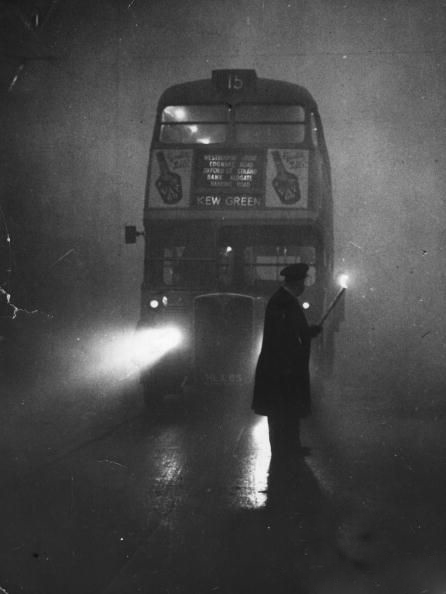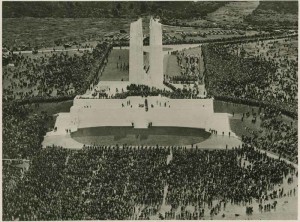Repurposing a Map of Greater London’s Industry (1893-5)
[Originally published on ActiveHistory.ca]

A few years ago, I worked with some students to develop a database of all the factories we could find on very detailed 5 feet to the mile maps of London from the second half of the nineteenth century. This database is central to my academic research on the environmental history of industrialization in Greater London. I created maps using this historical GIS database for my first book and I’m busy working on a second major project with this spatial data at its centre. But I’ve also been thinking of how to make the HGIS data accessible and interesting to a wider public audience. I’ve created a number of interactive maps using Carto.com and StoryMaps and shared them over social media. Each time they are shared by other historians, but the statistics suggest they’ve not reached a large audience. I’m hoping this post might elicit suggestions from public historians on whether these interactive maps are worthy of more effort on my part to reach a wider audience and how I might succeed in doing so. Build it and they will come is clearly not working.



